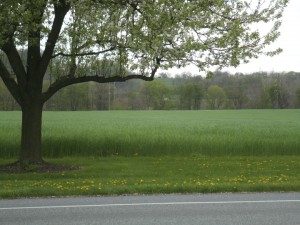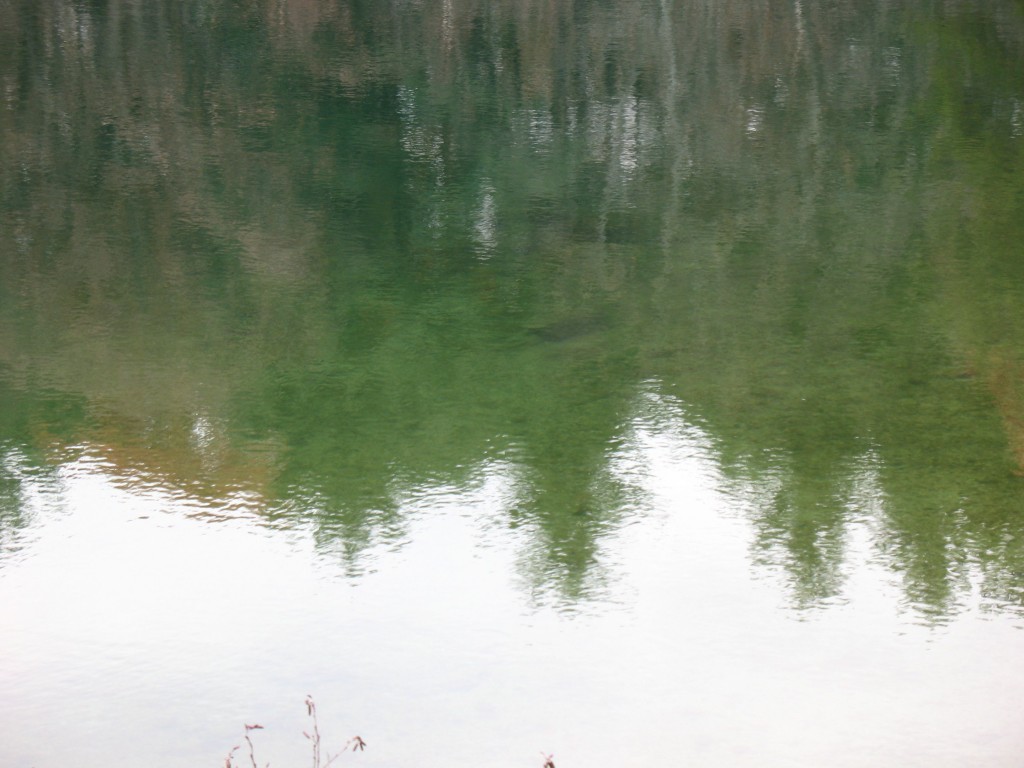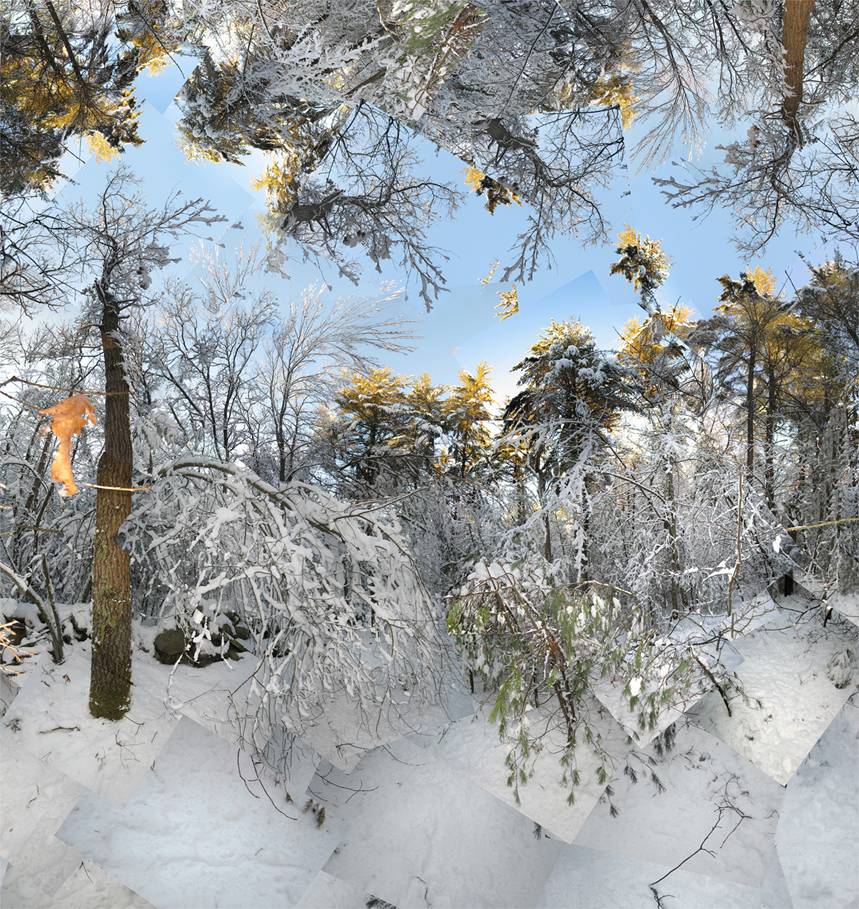Editor’s Note: Corinne Smith, author of Westward I Go Free: Tracing Thoreau’s Last Journey, will be speaking at the Acton Memorial Library, on Thursday, May 15th at 7:00 p.m.
By Corinne H. Smith
“How encouraging to perceive again that faint tinge of green, spreading amid the russet on earth’s cheeks! I revive with Nature; her victory is mine. This is my jewelry.” ~ Thoreau’s journal, April 3, 1856
“Green is essentially VIVID, or the color of life, and it is therefore most brilliant when a plant is moist or most alive. A plant is said to be green in opposition to being withered and dead. The word, according to Webster, is from the Saxon GRENE, to grow, and hence is the color of herbage when growing.” ~ Thoreau’s journal, April 2, 1855
When I was a child, I loved crayons and coloring books. I liked to fill the blank spaces with the colors of my own choosing. I was never too daring, though. I stuck to the palette of the world as I understood it. I never ended up with purple skies or purple people. (Even though that was then my favorite color.) I always used the crayon marked GREEN for grass, for leaves, and for the tops of the trees. After all, that’s what we were taught. The sky is blue, the grass is green. So that’s what we saw. It came down to the basics. At that young age, I conformed to them.
Soon, I advanced beyond the primary colors and got the double-box set of 24 crayons. Now I had additional greens to consider, like OLIVE GREEN and BLUE GREEN. Neither one of these looked very much like green to me. Had someone made a mistake on the labels? And why did I now have both YELLOW GREEN and GREEN YELLOW? How could the order of the words make such a difference when I applied these colors to the page? How would I ever remember which one I liked better? I began to keep my favorites on the right-hand side of the container so that I would never pick up the “wrong” one by mistake.
But getting older meant eventually advancing to the big box. 64 crayons – Alas! Suddenly I had too many choices. What was with all of these greens? In addition to the previous ones from the smaller collection, I now had FOREST GREEN and PINE GREEN as options. My young suburban mind didn’t grasp the nuances of these two, either. Didn’t pine trees grow in forests? How could these colors be different? The one that confused me the most was the crayon labeled SPRING GREEN. It wasn’t really a green, and it wasn’t really a yellow. It was neither YELLOW GREEN nor GREEN YELLOW. Evidently someone at the crayon factory thought that it represented a color found in the natural world during the season of Spring. This is silly, I thought, as I slid the crayon into the left-hand side of the box. I’d never seen that color in our neighborhood in Spring.
Well, now I do.
As an adult, I’ve grown to notice all of the variations on the green theme that emerge in front of us as winter winds down. Now I love it. Now I find it fascinating. The willows start first, soon after the groundhog pops out of his den to scrutinize his shadow. They seem to turn that GREEN YELLOW hue before the green intensifies. Other trees begin with tiny leaflets that are SPRING GREEN or YELLOW GREEN before they deepen in color. But each tree is different. Each field or each lawn is different. You can look across the countryside today and see more greens than you ever thought were possible.
“To be awake is to be alive,” Henry Thoreau said. Sometimes we see the finer details only as we get older, I guess. We realize that the sky is rarely entirely blue, and that even the most manicured lawn is made up of a variety of greens. And in the wider landscape that is Spring-ing up around us, Dame Nature is using all of the colors in the box, and then some. Fifty years later, SPRING GREEN now makes sense to me. Who knew that you could learn so much from a fist-full of crayons?
Who knew that a single color could have so many cousins?




